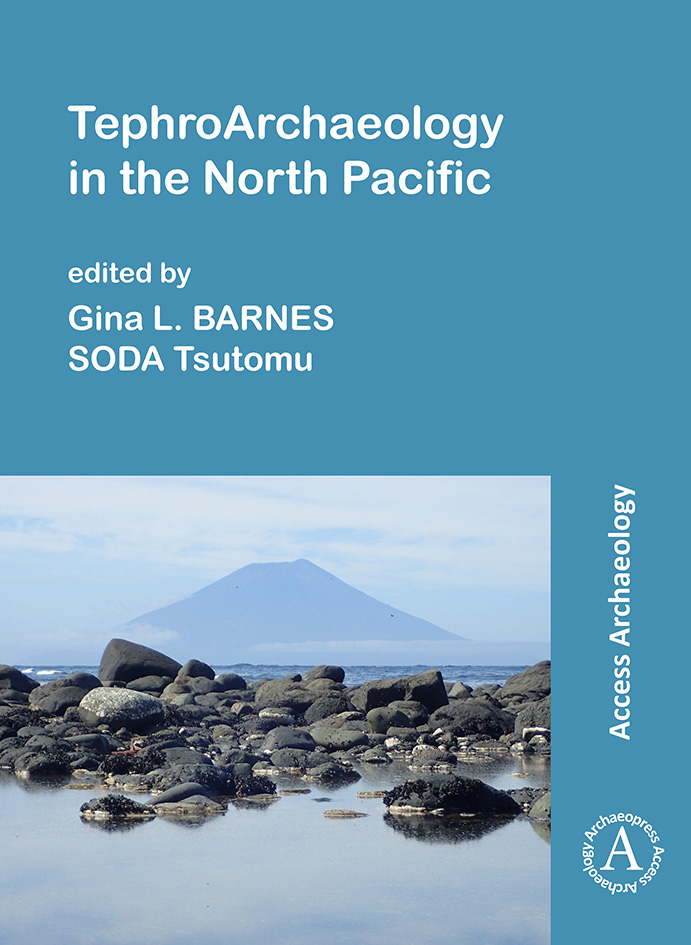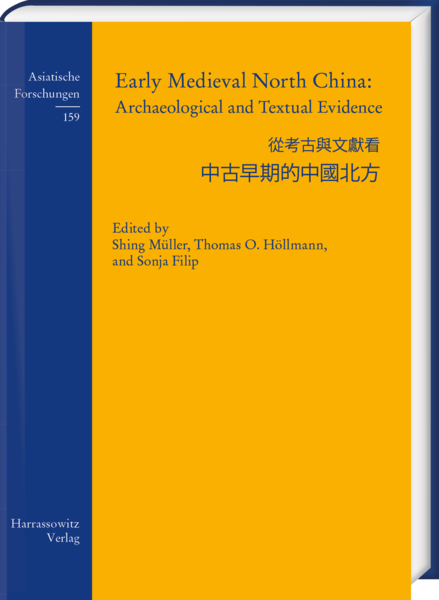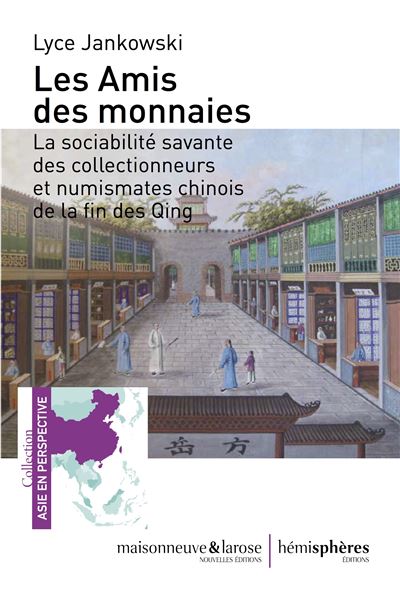Archaeology of East Asia, a BAR sub-series
Series Editor: Dr Anke Hein (University of Oxford, UK).
In recent years, the archaeology of East Asia has been receiving increasing interest among scholars world-wide, leading to an upsurge in publications in western languages as well as an increase of presentations and panels on that topic at international archaeological conferences. Within this trend, most publishing houses tend to favour textbook-type overviews or big-picture stories; what has been missing so far is a venue to publish archaeological material and in-depth analyses that can provide a greater audience access to evidence previously unpublished or only accessible through articles in not-easily-accessible venues or languages. Likewise lacking are publication venues for conference proceedings that summarize the most recent findings and insights in a timely manner.




